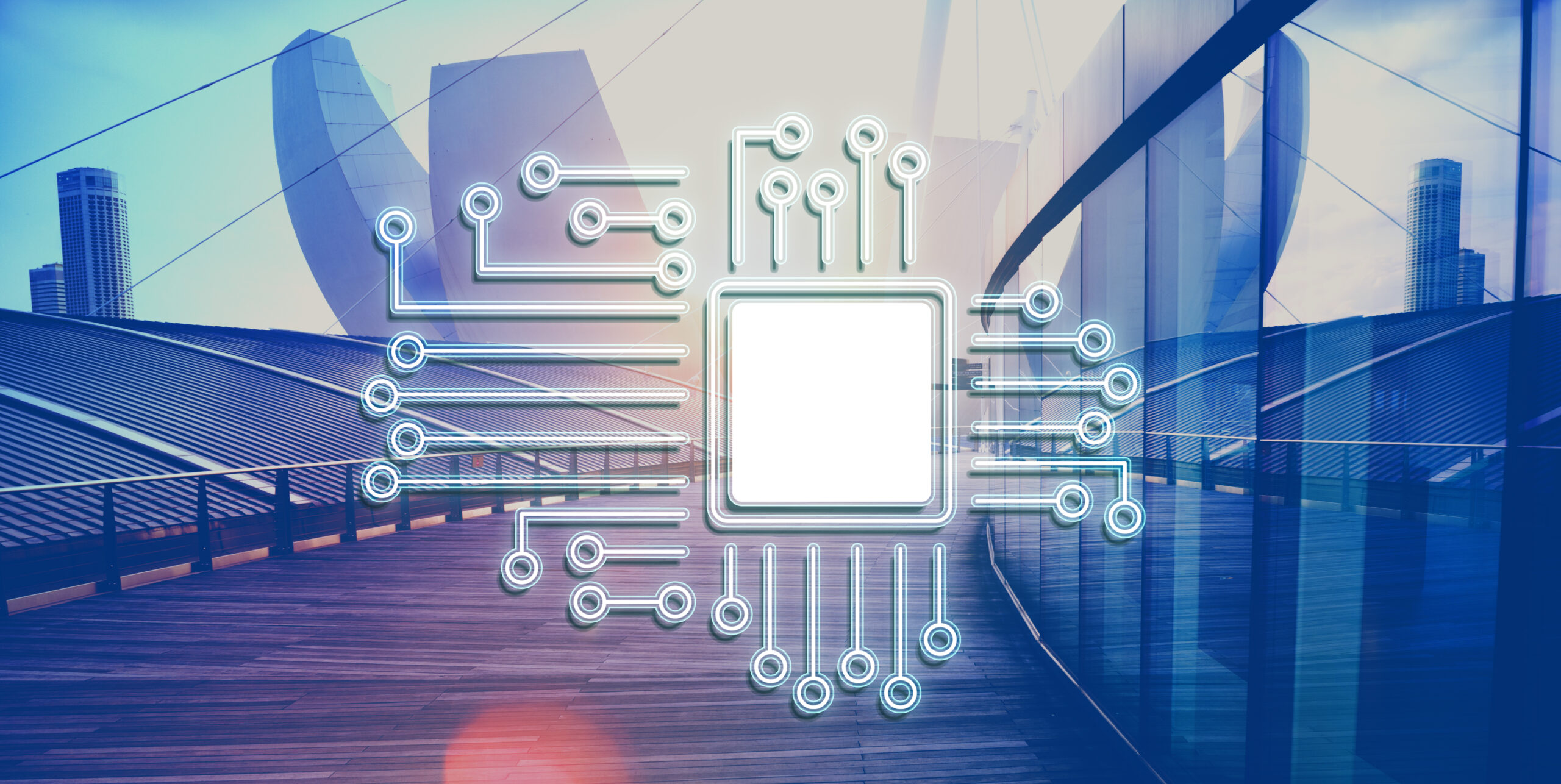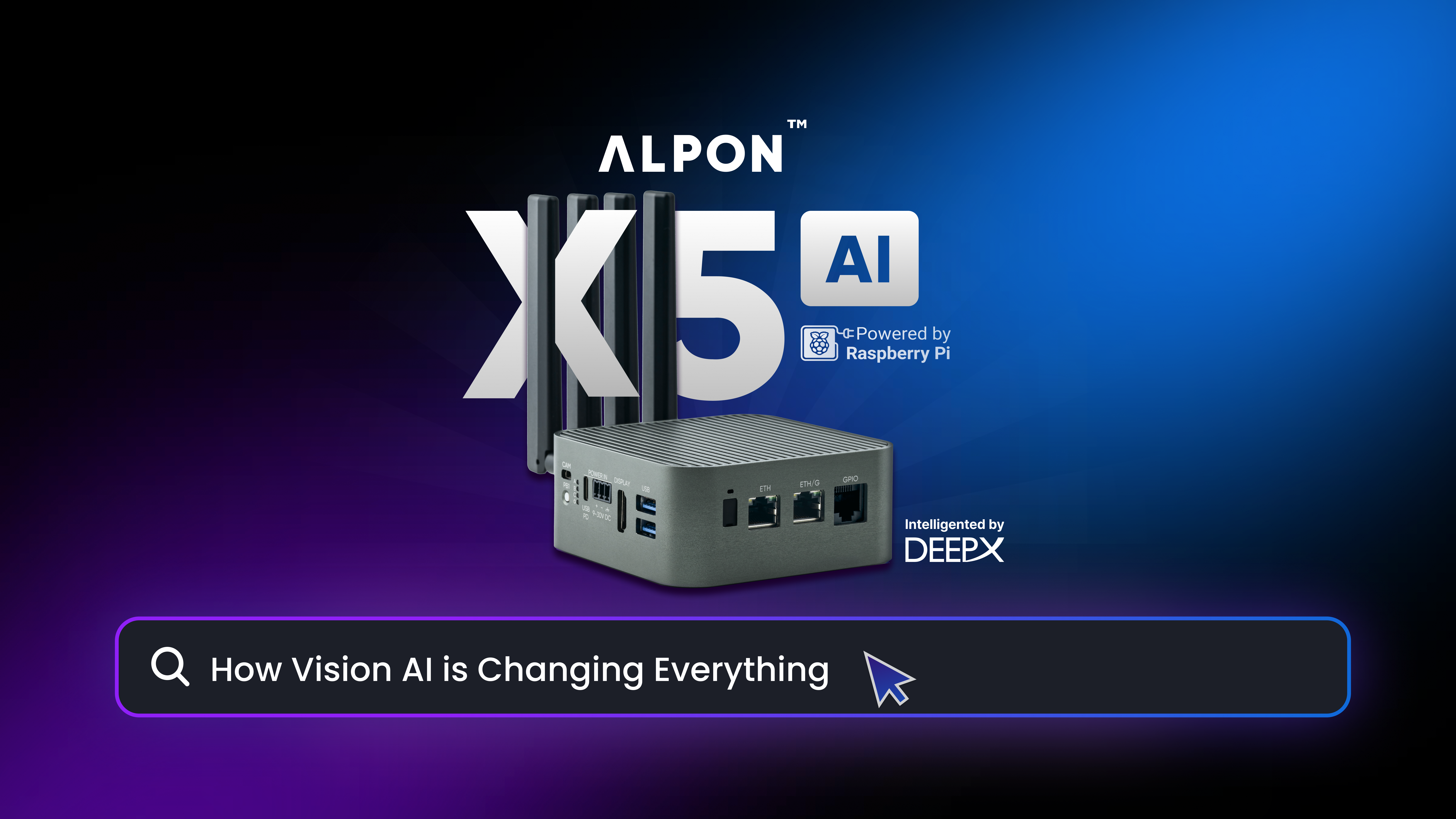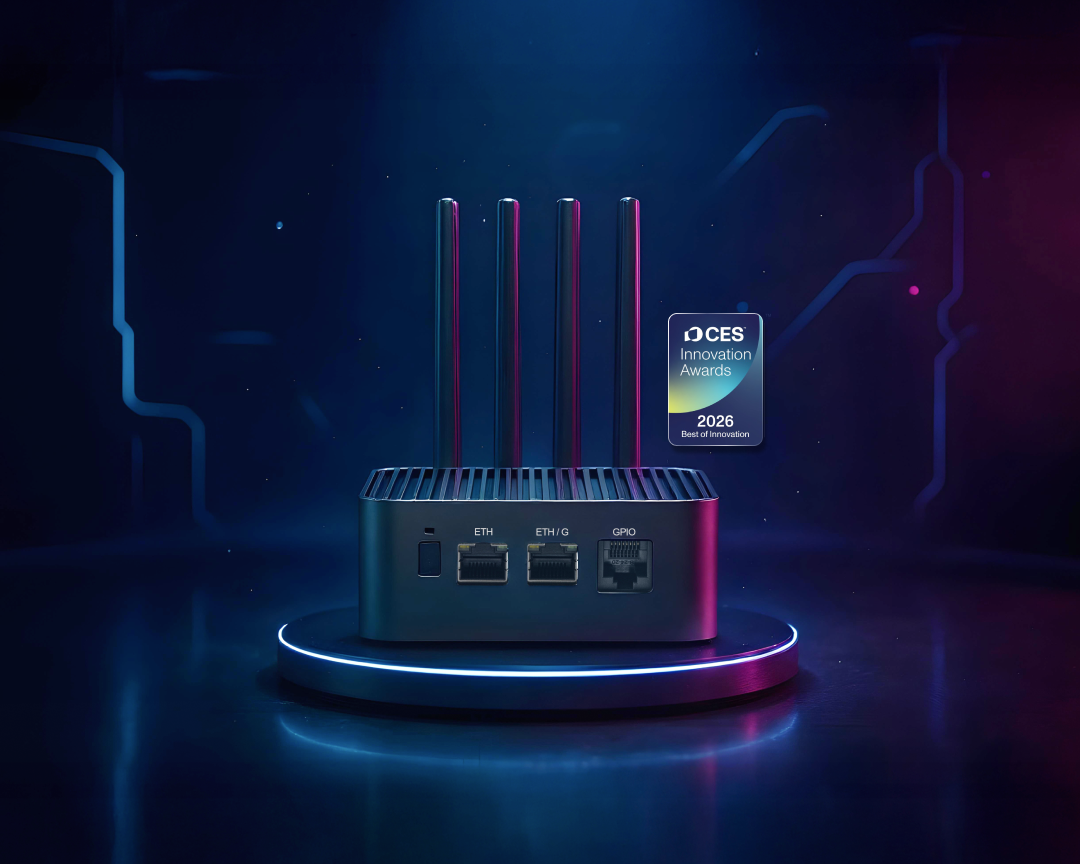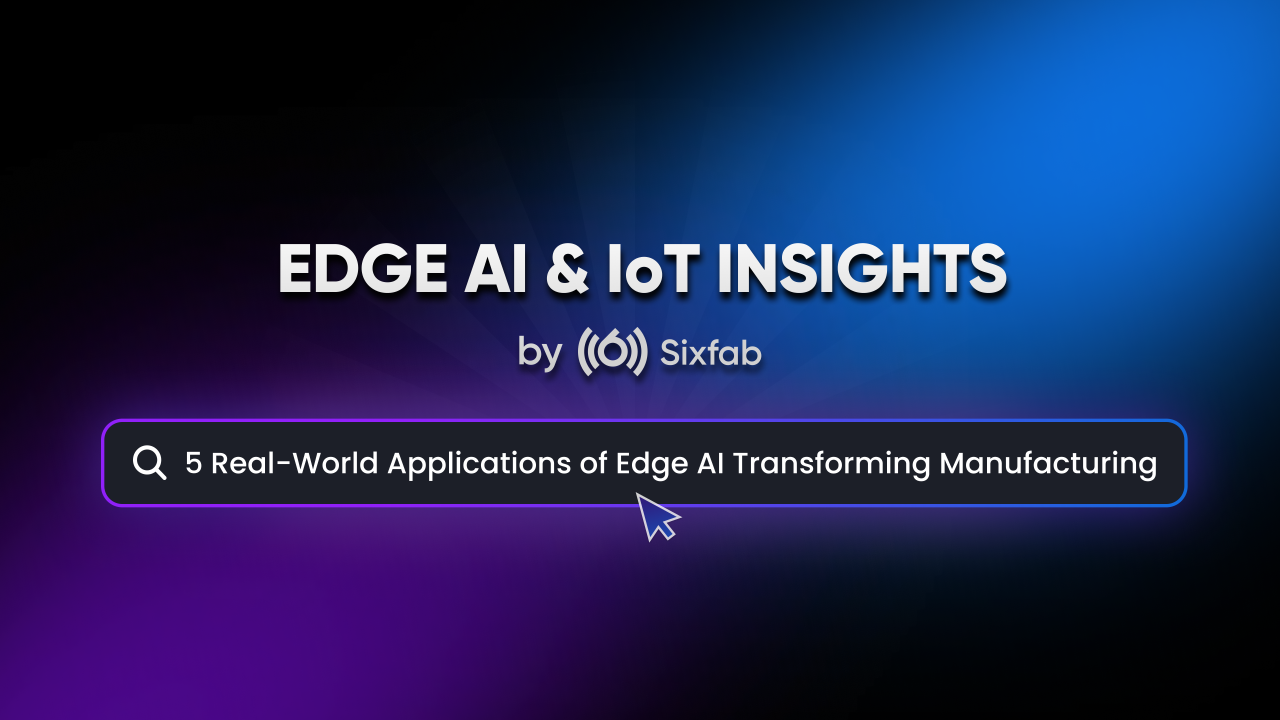In the fast-evolving digital age, businesses are constantly on the lookout for technologies that can offer a competitive edge. One such game-changing innovation is IoT edge computing. By processing data closer to the source—rather than relying solely on centralized cloud servers—IoT edge computing offers unprecedented advantages in speed, security, and efficiency. For businesses, this means more reliable operations, enhanced user experiences, and substantial cost savings.
Statistics highlight its impact: global spending on edge computing is expected to reach $232 billion in 2024, a 15% increase from the previous year, and projected to rise to $350 billion by 2027 (IDC). [1]
1. Enhanced Data Processing Speed
In the realm of IoT, speed is paramount. Edge computing processes data locally, significantly reducing latency. This means that businesses can make real-time decisions based on the most current data. For example, in manufacturing, real-time data processing can help optimize production lines and reduce downtime.
In the realm of Industrial IoT, edge computing plays a crucial role in scenarios demanding rapid response times [2]:
- Safety-Critical Systems: In environments where immediate action is essential, such as when a person enters a restricted zone in a factory, edge computing ensures machines can halt instantly. Achieving sub-second response times is vital to prevent injuries and equipment damage, making quick, local decision-making a cornerstone of safety in industrial IoT applications.
2. Improved Security and Privacy
Edge computing enhances security by processing sensitive data locally. This reduces the amount of data transmitted to central servers, minimizing the risk of interception and breaches. Industries with stringent data privacy requirements, such as finance and healthcare, particularly benefit from this approach.
- Predictive Maintenance and Condition Monitoring: By processing data locally on edge devices, industrial IoT systems can minimize the amount of sensitive information transmitted beyond the factory floor. This approach not only enhances the privacy and security of the data but also optimizes the efficiency of predictive maintenance and condition monitoring, leading to more reliable and secure operations. [2]
- Enhancing Customer Satisfaction and Cybersecurity: Most banks implement edge computing to manage transactions and customer data locally at branch offices. This setup reduces the amount of sensitive data transmitted over the internet, significantly lowering the risk of cyberattacks. Additionally, it improves transaction processing times, enhancing customer satisfaction. Technology like HSBC’s Pepper robot leverages advanced data processing capabilities to engage with customers. This IoT-based robot offers a distinctive banking experience, which is further enhanced by bringing data processing closer to the edge. [3]
3. Cost Efficiency
With the proliferation of IoT devices, edge computing is increasingly being adopted to support the growing network of connected devices. Edge computing can reduce bandwidth and cloud storage costs by processing and filtering data locally. Only the most critical information is sent to the cloud for further analysis or storage. This approach helps businesses manage large volumes of data more cost-effectively.
Analysys Mason reports that businesses across various industries can expect cost reductions ranging from 10% to 30% by utilizing edge computing, with an average operational cost saving between 10% and 20%. [4]
4. Scalability and Flexibility
Edge computing allows businesses to scale their operations more easily and adapt to changing demands. This flexibility is particularly valuable in industries with fluctuating workloads or rapid growth.
For example; DHL has implemented edge computing in its smart warehouses to improve logistics operations. The edge devices deployed in these warehouses provide real-time data on inventory and equipment performance, allowing DHL to optimize routes and manage resources efficiently. This approach has helped DHL scale operations in response to increased demand without major changes to its infrastructure. Read more [5]
5. Enhanced Reliability and Resilience
Edge computing enhances system reliability by reducing dependency on centralized cloud servers. This is particularly beneficial in remote or harsh environments where connectivity may be unreliable. For example; energy companies deploy edge computing to monitor and manage remote oil and gas facilities. Edge devices process data locally, ensuring continuous operation even during network outages. This increases the reliability and resilience of their monitoring systems, reducing the risk of operational disruptions..
6. Real-Time Analytics and Decision Making
Edge computing enables real-time data analytics, allowing businesses to make quicker and more informed decisions. This capability is essential in industries where timely responses are critical. In manufacturing, edge computing facilitates predictive maintenance by processing sensor data to predict equipment failures, reducing downtime and maintenance costs. In healthcare, real-time patient monitoring through wearable devices allows for immediate responses to critical health changes, enhancing patient care and potentially saving lives. In transportation and logistics, edge computing optimizes fleet management by analyzing vehicle data in real-time, improving route efficiency and reducing fuel consumption. These examples highlight the transformative impact of edge computing on operational efficiency and decision-making across various sectors.
7. Reduced Network Congestion
Edge computing significantly reduces network congestion by processing data closer to the source rather than transmitting it to centralized data centers. This localized processing decreases the volume of data traversing the network, thereby alleviating congestion and enhancing overall network performance.
In the telecommunications sector, edge computing is particularly transformative. For instance, telecom providers are utilizing edge computing to manage the enormous data traffic from thousands of mobile devices. By processing data at the edge, these providers can reduce the strain on their core networks, thereby decreasing latency and improving service quality for users, especially in densely populated urban areas. This approach also enables telecom companies to offer new services and applications that benefit from reduced latency and improved bandwidth efficiency. [5]
8. Better User Experiences
Edge computing significantly enhances user experiences by providing faster response times and localized services, which is particularly beneficial in customer-facing industries. For instance, in the gaming industry, an online gaming company implemented edge computing to reduce latency for players. By processing game data locally, they were able to offer a smoother and more responsive gaming experience, which is crucial for retaining competitive gamers and expanding their user base. Similarly, in the retail sector, edge computing enables real-time analytics on customer behavior, allowing for personalized promotions and faster checkouts, thus enhancing the overall shopping experience.
9. Integration with AI and Machine Learning
Edge computing enhances the performance of AI and machine learning applications by enabling data processing closer to the source. This reduces latency and allows for more efficient data handling.
In the energy sector, edge computing optimizes smart grids and predictive maintenance. By processing data from sensors and meters locally, it enables real-time monitoring and management of energy flow, reducing the risk of blackouts and improving efficiency. Additionally, it facilitates predictive maintenance of energy infrastructure, allowing AI algorithms to detect early signs of wear and tear, reducing downtime and costs.
In agriculture, edge computing transforms precision farming and livestock monitoring. Local data processing from field sensors provides real-time insights on optimal irrigation, pest control, and fertilizer use, improving crop yields and reducing resource wastage. For livestock, wearable sensors monitor health and behavior, enabling immediate alerts and better herd management through AI-driven analysis, enhancing productivity and animal welfare.
In healthcare, edge computing enables efficient remote patient monitoring and faster medical diagnostics. Wearable devices and home systems process health data locally, allowing continuous monitoring and prompt intervention for chronic conditions. In medical imaging, local AI analysis provides immediate results from X-rays, MRIs, and CT scans, reducing wait times and enhancing diagnostic accuracy. Edge computing also secures sensitive medical data by minimizing transfers to remote servers.
10. Facilitating IoT Deployment
Edge computing simplifies the deployment and management of IoT devices. This is crucial for businesses looking to expand their IoT infrastructure without incurring excessive costs or complexity. For instance, manufacturers can implement edge computing to monitor machinery and production lines locally, allowing for quick adjustments and predictive maintenance without relying heavily on cloud infrastructure. Similarly, edge computing in the smart homes allows devices like smart thermostats and security cameras to process data locally, reducing the need for constant cloud connectivity and lowering operational costs.
Unlocking the Full Potential of IoT Edge Computing with Sixfab
IoT edge computing is not just a technological advancement; it’s a revolution that is reshaping industries and driving innovation. By bringing data processing closer to the source, businesses can achieve faster decision-making, improved security, cost savings, and enhanced user experiences.
At the forefront of this transformation is Alpon X4, our latest innovation in edge computing, designed to deliver unparalleled performance and flexibility.
Explore our products today and discover how Sixfab can help your business stay ahead in the competitive landscape of IoT!
Bibliography
[1] New IDC Spending Guide Forecasts Edge Computing Investments Will Reach $232 Billion in 2024, by NEEDHAM, Mass., March 14, 2024. source
[2] Edge computing for IoT, by BOSCH, November 2020. source
[3] Edge Computing in Financial Services, by Deltec Bank. source
[4] 3 Industries with the Most Edge Computing Use Cases in 2020, by Infopulse, May 13, 2020. source
[5] Understanding edge computing for telecommunications, by RedHat, February 3, 2021. source



